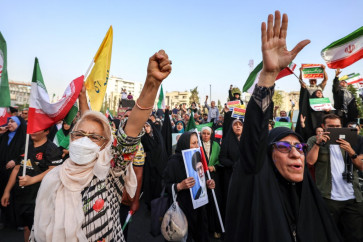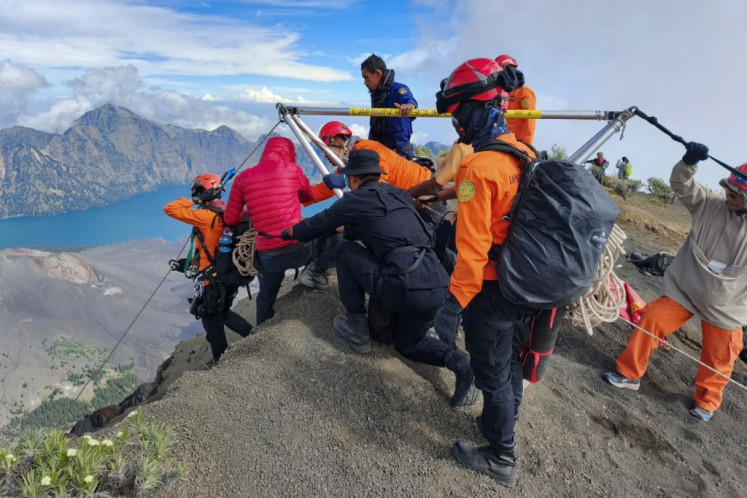Popular Reads
Top Results
Can't find what you're looking for?
View all search resultsPopular Reads
Top Results
Can't find what you're looking for?
View all search resultsMore facilities needed to treat users
With the increasing number of crystal methamphetamine users in Indonesia, experts say the government needs to establish adequate treatment facilities as well as improving rehabilitation programs
Change text size
Gift Premium Articles
to Anyone
W
ith the increasing number of crystal methamphetamine users in Indonesia, experts say the government needs to establish adequate treatment facilities as well as improving rehabilitation programs.
In 2010, the United Nations Office on Drugs and Crime (UNODC) reported that a total of 12,427 drug users underwent drug treatment in Indonesia, a drop of 16 percent compared to the number of persons undergoing drug treatment in 2009.
There was, however, a marked increase in the number of persons treated for the use of methamphetamine and ecstasy in 2010.
The 2,524 ecstasy users who underwent drug treatment in 2010 represented a five-fold increase from the 490 ecstasy users in treatment in 2009.
The total number of methamphetamine users in treatment in 2010 was 2,963, roughly three times higher than those in 2009.
In 2010, amphetamine-type stimulants (ATS) were the primary drugs of use for 44 percent of all persons in treatment (24 percent for amphetamine and 20 percent for ecstasy), compared to the 12 percent of
ATS users in drug treatment recorded in 2009.
Gary Lewis, regional representative of UNODC Regional Center for East Asia and the Pacific, said that with the increasing number of ATS users, the government needed to improve treatment facilities for them because the nature of the ATS, which were synthetic drugs, were different from plant-based organic types.
“ATS treatment is under-resourced. Most treatment is for heroin, opium or cannabis, not ATS. Compulsory treatment in the region is marked by high relapse rates,” he said.
The use of amphetamine and other similar drugs has been increasing across the Asia-Pacific region.
Recent research by the World Health Organization into compulsory-treatment centers found a post-treatment relapse rate of nearly 100 percent in Cambodia and 50 to 80 percent in China, due to, among other reasons, no provision of mental-health therapy and lack of formal criteria to determine the appropriate length of treatment.
However, there is no data on relapse rates in Indonesia.
According to the National Narcotics Board, drug treatment in Indonesia is offered at 53 hospitals, 97 government-run facilities, 177 nongovernmental-organization centers and 23 prisons.
The most common locations for treatment for ATS users were specialized drug-treatment facilities, psychiatric clinics and general hospitals, with medical services including detoxification, medical care and counseling.
Mardigu Wowiek Prasantyo, a hypnotherapist who helps many drug addicts to recover, said that drug users who used plant-based drugs like cannabis could recover faster than those using synthetic drugs like crystal meth.
“When you use synthetic drugs, you can experience severe addiction.
The crystal meth users need a more holistic approach, from both medical and psychological aspects. The medication cannot rely simply on a psychiatrist, but must also use drugs with much safer effects on the body,” he said.
He said that each drug had its own character and different approach to medication. He added that most treatment facilities had yet to accommodate those unique approaches.










